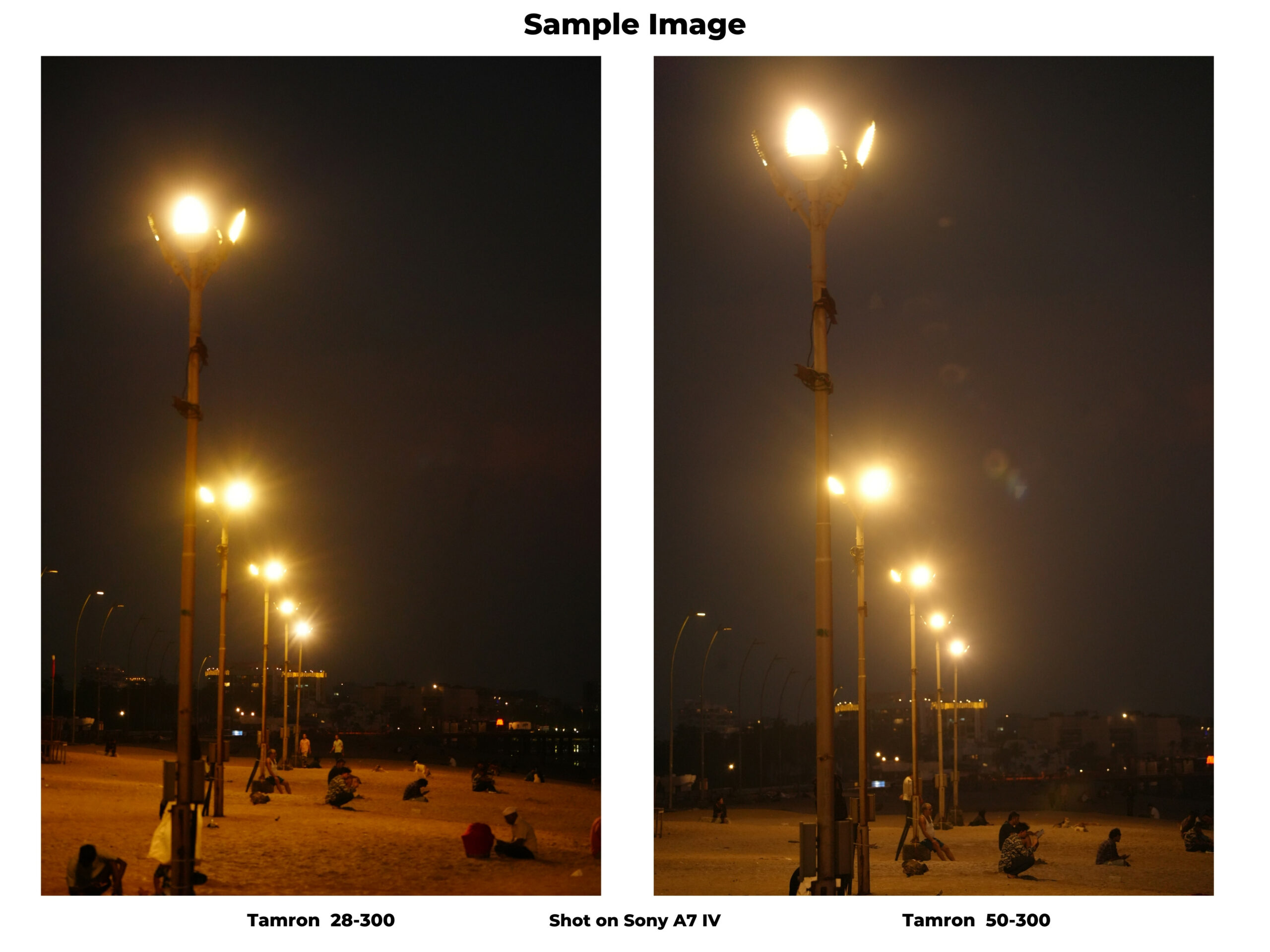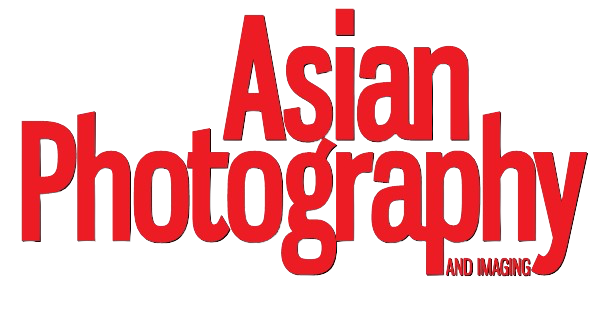Today we have two lenses from Tamron – the 28-300 mm F/4-7.1 and the 50-300 mm F/4.5-6.3 super zoom lenses. We recently reviewed Nikon’s 28-400 mm lens in the same category and in that review, we stated that there are no other lenses in the market like this. It seems like Tamron heard us and has changed that, they recently added these two lenses but for the Sony E-mount full frame system.
They’re not exactly the same, they’re a 100mm shorter than Nikon’s, but they’re one of the first ones in the extended general purpose zoom lenses category.
What makes this interesting is that the price difference between the newly launched Tamron lens is just ₹6500. So as a user, which one should you buy? The 28-300, which costs ₹75,000 or the 50-300 costs ₹68,500. We will review them and tell you which one is better for you.
Who Is This Made For?
The 28-300mm is ideal for beginners looking for an all-in-one carry around lens and even experienced photographers who want a compact, versatile lens for travel without sacrificing image quality too much.
The 50-300mm, on the other hand, is geared towards those familiar with the 70-300mm range but who want a slightly wider perspective.
Look, Body & Feel
Both lenses follow Tamron’s signature design ethos we’ve seen over the last few years. They’re sturdy, well-built, and both feature a 67mm filter diameter.
Each lens comes with two rings: one for zoom and an inner ring that is programmable. Additionally, they both have a programmable button and a USB-C port for firmware updates and customisable functions.
Despite the minimal weight difference on paper – 610g for the 28-300mm and 665g for the 50-300mm – the latter feels noticeably heavier in-hand and when attached to a camera. Physically, the 28-300mm is also shorter, measuring 126mm versus the 50-300mm measuring 150mm. The lens hoods differ too, with the 28-300mm sporting a shorter hood to accommodate its wider field of view.
Both lenses come with metal mounts and rubber gaskets, ensuring they are weather-sealed and built to endure.
Image Quality
Daylight Performance
Both lenses perform well in daylight, producing sharp, detailed images with decent colour reproduction. The 28-300mm, being the newer of the two, delivers slightly better sharpness, especially when zoomed in. It also produces images with higher contrast, giving photos a more dramatic feel, particularly in black-and-white shots. At higher focal lengths, both lenses show some edge softness, though the 28-300mm maintains sharper overall clarity.

There is also visible distortion in the images shot from the 28-300 as compared to the 50-300. At the max focal length the subjects do appear broader as seen in the images between the two lenses. The perspective distortion also appears more on the 28-300mm.

Focussing
The autofocus is fast on both lenses, but the 50-300mm, with its wider aperture, edges out the 28-300mm slightly. Focussing is smooth, and surprisingly, both lenses performed better in low-light video than in daylight. While both take a little longer to focus when shooting stills, the autofocus motors are exceptionally quiet.
Low-light Performance
In low light, the 50-300mm stands out, thanks to its faster aperture. Though the 28-300mm again delivers higher contrast and sharper images, it has a slight reddish tinge in low-light conditions. The 50-300mm, on the other hand, captures brighter, better-lit images and opens up the possibility of shooting broader subjects in low-light environments.

Bokeh
When it comes to bokeh, there’s little difference between the two lenses. Both produce pleasing, circular bokeh with a cat’s-eye effect, delivering a comparable performance in this regard.

Chromatic Aberration, Flaring, and Ghosting
In terms of chromatic aberration, the 28-300 scored 1.27px when run through Quick MTF, whereas the 50-300 scored a much better 0.44px. In real life, there was no visible colour fringing or aberration in our images.
The 28-300mm handles flaring and ghosting better, displaying minimal issues. The 50-300mm, however, shows some ghosting in certain images, which was a bit disappointing.

Macro Capabilities
The minimum focussing distance (MFD) for the 28-300mm is 7.5 inches at 28mm and 39 inches at 300mm. For the 50-300mm, the MFD is 8.7 inches at 50mm and 35.4 inches at 300mm.
Both lenses can shoot macro-like close-ups, though the 50mm end allows for slightly closer shots due to it being physically longer. In terms of quality, the pics from the 50-300mm appear sharper and better between the two. But yes, both lenses produce decent macro-like images.

Conclusion
So, which lens should you choose – the Tamron 28-300mm or the 50-300mm? Both are solid performers for their price range. The 28-300mm delivers sharper images and offers more visual mood in its shots. However, our pick would be the 50-300mm. Its smoother focussing (especially in low-light), wider low-light capabilities, and lower price tag make it a compelling choice.
Yes, you’ll miss out on the 28mm wide angle, but if that’s not a dealbreaker, the 50-300mm might be the better all-around option.
